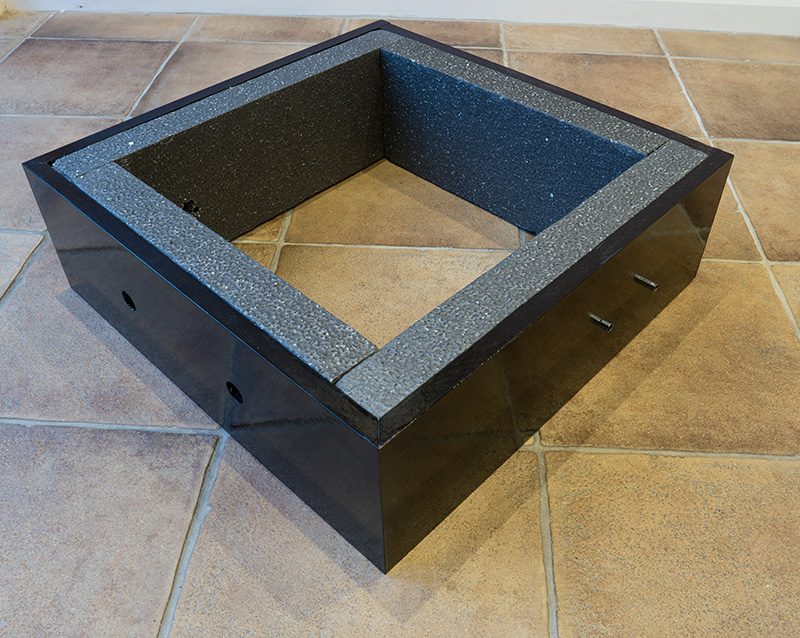Jzrp
Active Member
- Joined
- Apr 9, 2021
- Messages
- 64
- Reaction score
- 15
Hi all
I’m currently building a keezer so I can switch from bottling to kegging, and have got as far as building and attaching a collar.
I have a question; most of the time people seem to use a foil backed foam insulation board to insulate their collar, which seems like a good idea. When I was in b&q, I could only find super thick foil backed board or thin and cheap uncovered foam insulation board.
I bought the uncovered version, just wandering if anyone else has used this and if it’s recommended to try and cover with kitchen foil or paint or anything on the internal face? Or is it totally useless and better off trying to hunt down something else?
I’m currently building a keezer so I can switch from bottling to kegging, and have got as far as building and attaching a collar.
I have a question; most of the time people seem to use a foil backed foam insulation board to insulate their collar, which seems like a good idea. When I was in b&q, I could only find super thick foil backed board or thin and cheap uncovered foam insulation board.
I bought the uncovered version, just wandering if anyone else has used this and if it’s recommended to try and cover with kitchen foil or paint or anything on the internal face? Or is it totally useless and better off trying to hunt down something else?



































![BREWING THERMOMETER STICKERS ACCURATELY MONITOR FERMENTING BEER & WINE LIQUID TEMPERATURES 5PCS HOME BREW SPIRITS WINE LCD ADHESIVE [US]](https://m.media-amazon.com/images/I/311DDjo2X3L._SL500_.jpg)














